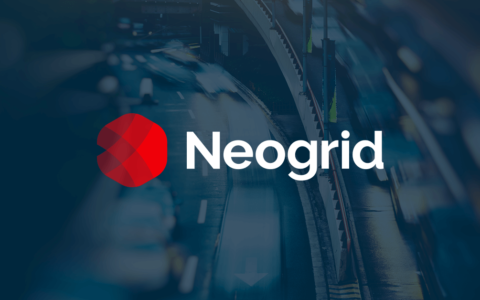
Supply chain managers have a clear set of objectives: never running out of product and minimizing costs. Other activities tend to take a supporting role.
With today’s electronic connectivity and potential transparency, real-time sales and inventory data can be transmitted back through the supply chain to allow vendors and distributors to anticipate production and shipping. Capitalizing on these capabilities can minimize system inventory levels and eliminate costly and redundant activity.
One natural result of supply chain interconnectivity is Vendor Managed Inventory.
What is Vendor Managed Inventory (VMI)?
A VMI for retailers environment is one in which the supplier assumes responsibility for the manufacturing, delivering and placing products wherever the retailer requires. Further, in a consignment scenario, ownership or title to the products may not transfer from the supplier until the product is sold to the end-user.
What are the Advantages of VMI for Retailers?
By allowing vendors to view and manage inventory, retailers effectively:
- minimize on-hand inventory
- reduce in-house storage requirements
- pass replenishment responsibility back to the vendors
- eliminate the in-store cost of inventory management
- eliminate conventional purchase order processes and invoice management
- push procurement and safety stock costs back to the vendor
How Does VMI Benefit the Vendors?
With full visibility of real-time inventory and sales data, vendors can:
- eliminate emergency production and delivery
- better coordinate raw material purchases
- schedule normal productions
- reduce system safety stock
- create more efficient delivery scheduling
(Learn more about NeoGrid’s VMI Solutions and how we can help you optimize your order and logistics processes.)
Interaction
With VMI for retailers, the suppliers and retailers work collaboratively to satisfy their mutual end-user clients. At the outset, the retailer and vendor must set clear expectations and guidelines that must be met to be successful.
Accurate communication and trust are prerequisites in a vendor managed inventory relationship. This arrangement is equivalent to a vertically integrated organization in which the performance of one level can severely affect the results of another.
In a vendor managed inventory environment, vendors own the responsibility to ensure the right quantity of product arrives at the right place on time. Naturally the best interests of both parties are served when the vendor performs their role effectively. Out-of-stock situations are detrimental to both the vendor and the retailer.
Promotions and Marketing
Ongoing, two-way communication is an important element of the relationship. Retailer marketing decisions including promotions and other volume-driving particulars should be communicated in advance to ensure the vendor prepares for potential sales and product mix variations.
Want to learn the latest news and industry insights from NeoGrid? Subscribe to the NeoGride Supply Chain Blog and receive weekly informative updates about everyday issues of business, industry trends, success stories and more.





